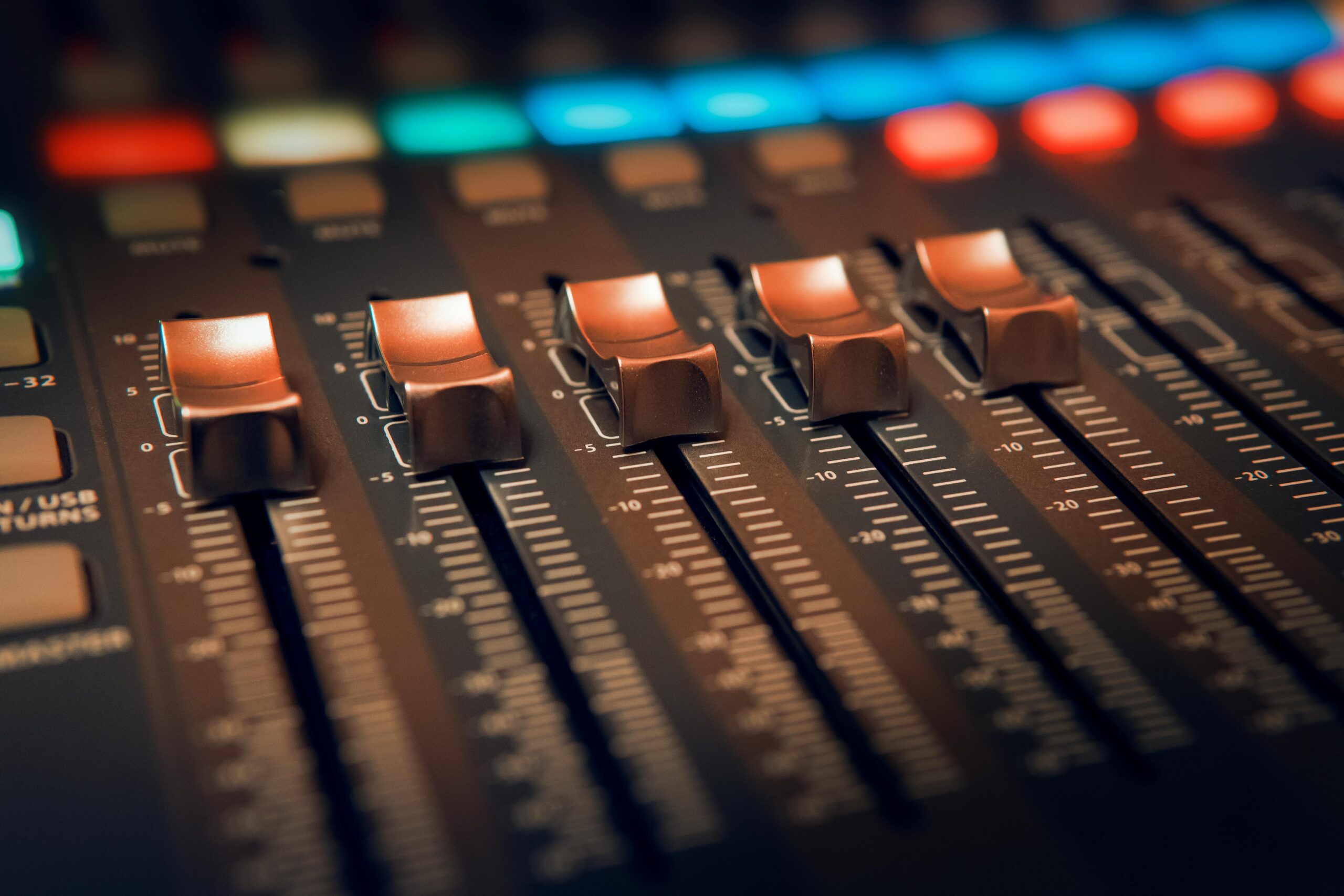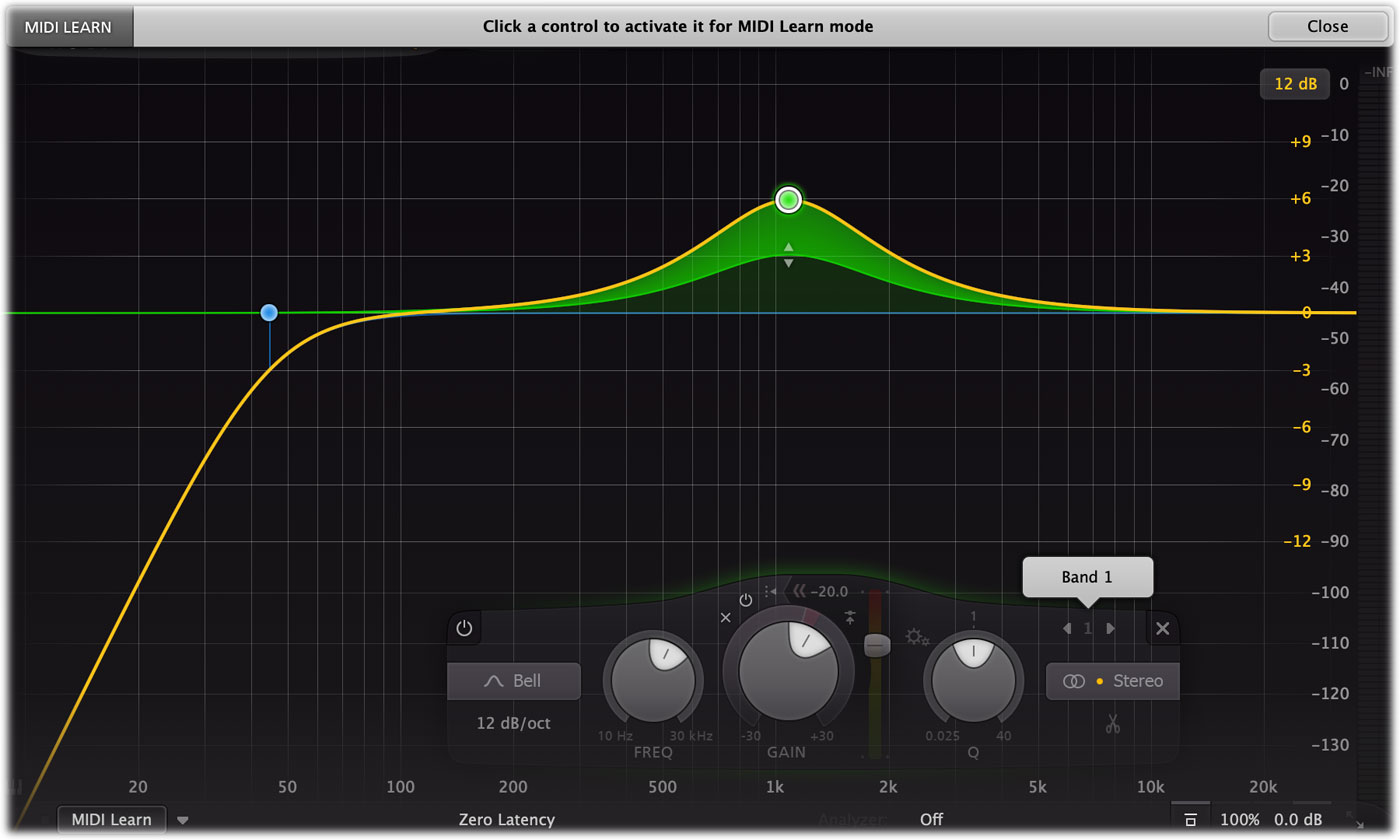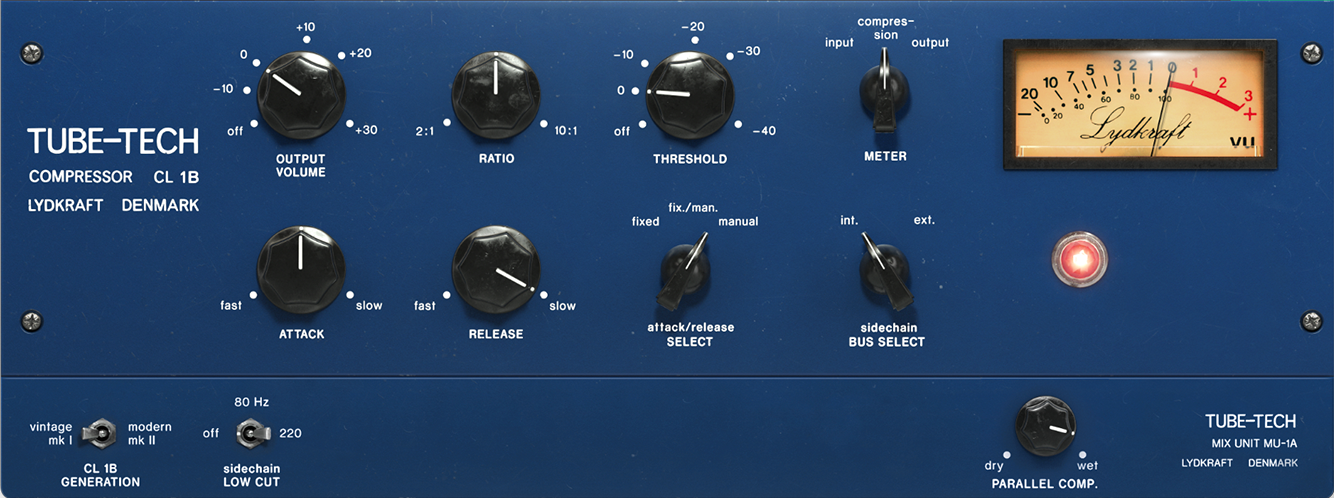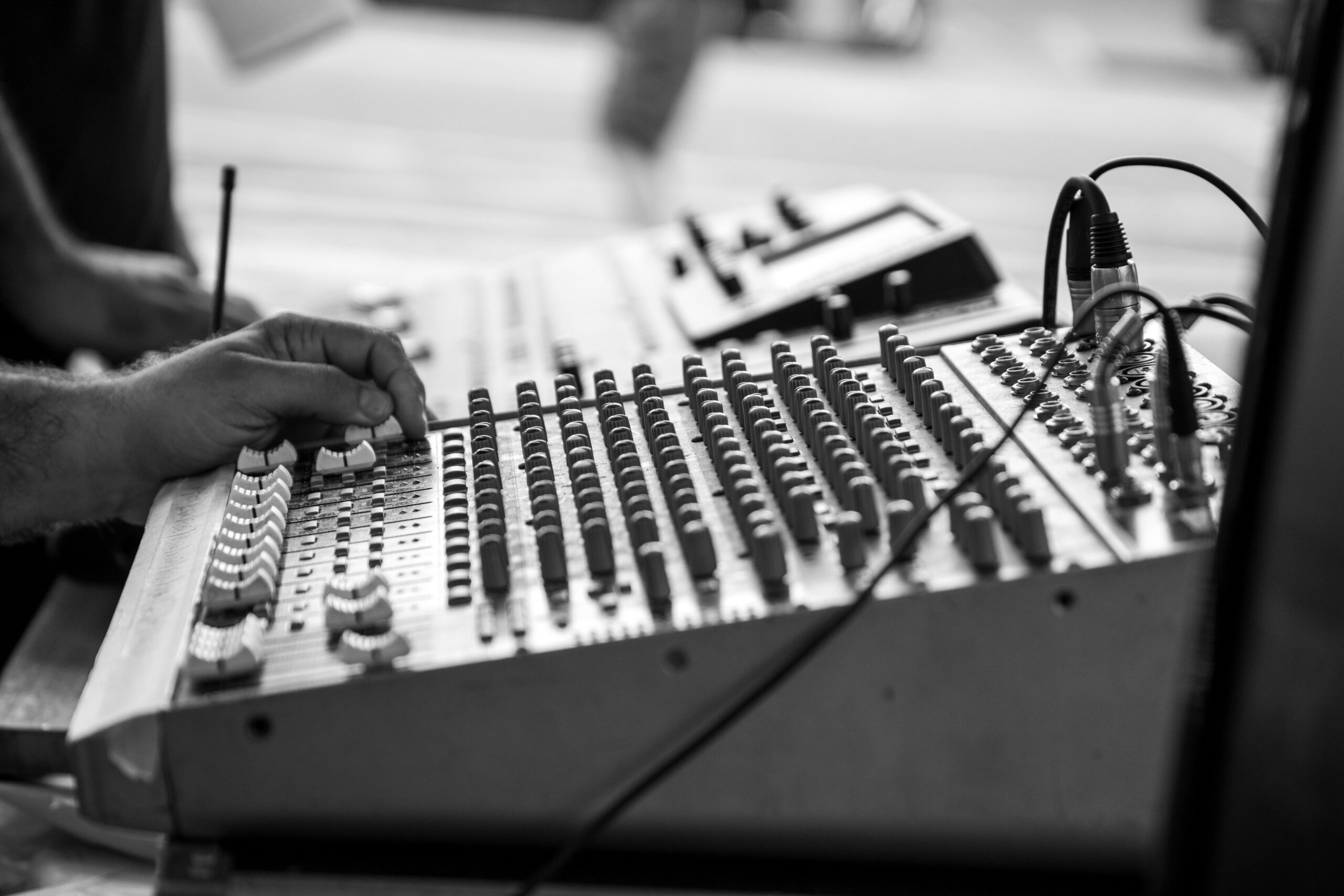When diving into the world of music production, two critical stages that often cause confusion are mixing and mastering. While both are essential to the process of producing a polished final track, they serve very different purposes and require distinct skills and techniques. In this blog post, we’ll explore the nuanced differences between mixing and mastering, shedding light on how each step impacts the overall quality and delivery of music. Let’s delve into these pivotal phases of music production.
The Role of Mixing
What is mixing?
At its core, audio mixing involves taking multiple layers of audio—be it vocals, instruments, or effects—recorded during the tracking stage and adjusting levels, panning, and effects to create a harmonious blend. Each element must be meticulously adjusted to ensure it sits well with the others, contributing to the overall sound without overpowering it.
The Process
Mixing starts with volume balancing. The mixer adjusts the volume levels of each track to ensure no individual sound dominates unless intentionally. This balance is crucial for clarity and achieving the desired impact of each element within the track.

Panning comes next, assigning a spatial location for each sound in the stereo field. This step helps in creating a sense of width and space, making the mix more dynamic and immersive. Imagine the drums laying a solid foundation in the center while guitars flutter slightly to the left and keys sparkle to the right, each sound occupying its own distinct space yet contributing to the whole.
Equalization (EQ) is another tool extensively used in mixing. It shapes the tonal balance of each track, cutting out unwanted frequencies and enhancing those that add character to the sound. EQ can make vocals stand out, kick drums punchier, and guitars crispier, thus defining the sonic fingerprint of the recording.

Effects such as reverb, delay, compression, and saturation are applied to add depth, texture, and dynamics. Reverb can give a sense of space, making it feel as if the song is played in a large hall or an intimate room. Compression helps even out the dynamic range, making softer sounds more audible and keeping louder parts in check.

The Goal of Mixing
The primary goal of mixing is to serve the song’s emotion and narrative. A good mix supports the artist’s vision, enhancing the listener’s experience and ensuring that every lyric, note, and beat is felt. It’s about making the song feel finished, polished, and ready for the world’s ears.
Why It Matters
Audio mixing not only affects the sound quality but also the emotional impact of music. A well-mixed song can resonate more powerfully with the audience, conveying emotions and messages more effectively. Moreover, in today’s competitive music industry, a professionally mixed song stands a better chance of gaining attention from listeners and industry professionals alike.
Conclusion
Mixing is truly where technical skill meets creativity. Each decision made by the audio mixer affects how the song will be perceived and experienced. This complex blend of science and art makes audio mixing one of the most fascinating and influential aspects of music production. For artists and producers alike, understanding and appreciating this process can significantly enhance the quality and impact of their musical projects.
The Role of Mastering

What is mastering?
Mastering is the final stage of post-production before a song is released to the public. It involves a series of fine-tuning processes applied to the mixed audio to optimize playback quality and ensure consistency across all media formats and distribution channels. The mastering engineer uses a combination of technical expertise, critical listening, and specialized tools to achieve a cohesive sound across an album or EP.
The Process
- Tonal Balance: Mastering ensures that the EQ (equalization) across the entire track is balanced. This might involve slight adjustments to enhance clarity, adjust brightness, or deepen the bass. The goal is to ensure that no frequency dominates or detracts from the overall sound.
- Volume Leveling: One of the most noticeable aspects of mastering is setting the appropriate loudness. This not only involves increasing the volume to commercially competitive levels but also maintaining dynamic range to prevent the audio from sounding overly compressed or lifeless.
- Stereo Enhancement: This process involves fine-tuning the stereo image to ensure a well-defined and spacious sound. It’s about making sure the track feels expansive and immersive without losing focus or clarity.
- Compression and Limiting: These tools are used to tighten up a mix by controlling the dynamic range and preventing any part of the audio from distorting on large sound systems while maintaining the track’s natural dynamics and punch.
- Adding Metadata: Mastering also involves embedding metadata into the final audio file. This includes information like the track name, artist, album name, and ISRC (International Standard Recording Code), which are essential for track identification and royalty management.
Why Mastering Matters
Mastering plays a pivotal role in music production by ensuring that the audio quality is maintained across all listening environments. It provides the final check to guarantee that no issues missed during mixing will affect the listening experience. Whether it’s in a quiet living room or through a bustling pair of headphones on the subway, mastered tracks are tailored to sound their best.
Conclusion
Mastering is more than just a final polish; it is a critical bridge between the creative process of music production and the public’s ears. While subtle and often technical, the differences before and after mastering can be the deciding factor between a track that sounds good and one that feels truly professional.
Mastering is not just about making music louder; it’s about making music live, breathe, and perform at its absolute best no matter where or how it is played. By understanding and respecting this crucial step, artists and producers can greatly enhance the impact and reach of their music.
The Importance of a Good Listening Environment
Creating the perfect mix or master is as much about the environment you work in as it is about the tools and techniques you employ. A good listening environment is crucial for audio professionals aiming to deliver the best possible sound. When mixing and mastering, the clarity with which you hear the audio can make or break the final product. An optimized listening space ensures that sound is accurately represented, preventing misleading audio cues that could lead to poor mixing decisions. This includes having a well-treated room that minimizes reflections and standing waves, alongside high-quality monitors positioned correctly for the best stereo imaging.
Investing time and effort into perfecting your listening environment can vastly improve the quality of your mixes and masters, ensuring your audio translates well across various playback systems and real-world scenarios. Whether you’re tweaking the EQ of a track or setting the final limiter, the importance of a clear, accurate listening environment cannot be overstressed—it’s where good audio turns into great audio.

When to Hire a Professional
Deciding when to bring in a professional for audio mixing and mastering is a pivotal choice that can elevate your music to professional standards. If you find that your mixes don’t translate well across different playback systems, or if you’re struggling to give your tracks that polished, cohesive sound, it might be time to hire an expert.
Professionals not only bring technical expertise and an objective ear to your project but also possess the high-end tools and acoustically treated environments to ensure precision. Furthermore, if you’re planning to release your music commercially, a professional touch can provide the competitive edge necessary to stand out in the crowded music industry. Their skills in balancing sonic elements and enhancing overall clarity will ensure your audio has the maximum impact on your audience. You can find your next engineer with the ‘Find My Engineer’ feature on EngineEars!
Whether you’re releasing your debut single or gearing up for a major album drop, investing in a professional mixing and mastering engineer can make all the difference in achieving a sound that truly resonates with listeners.
